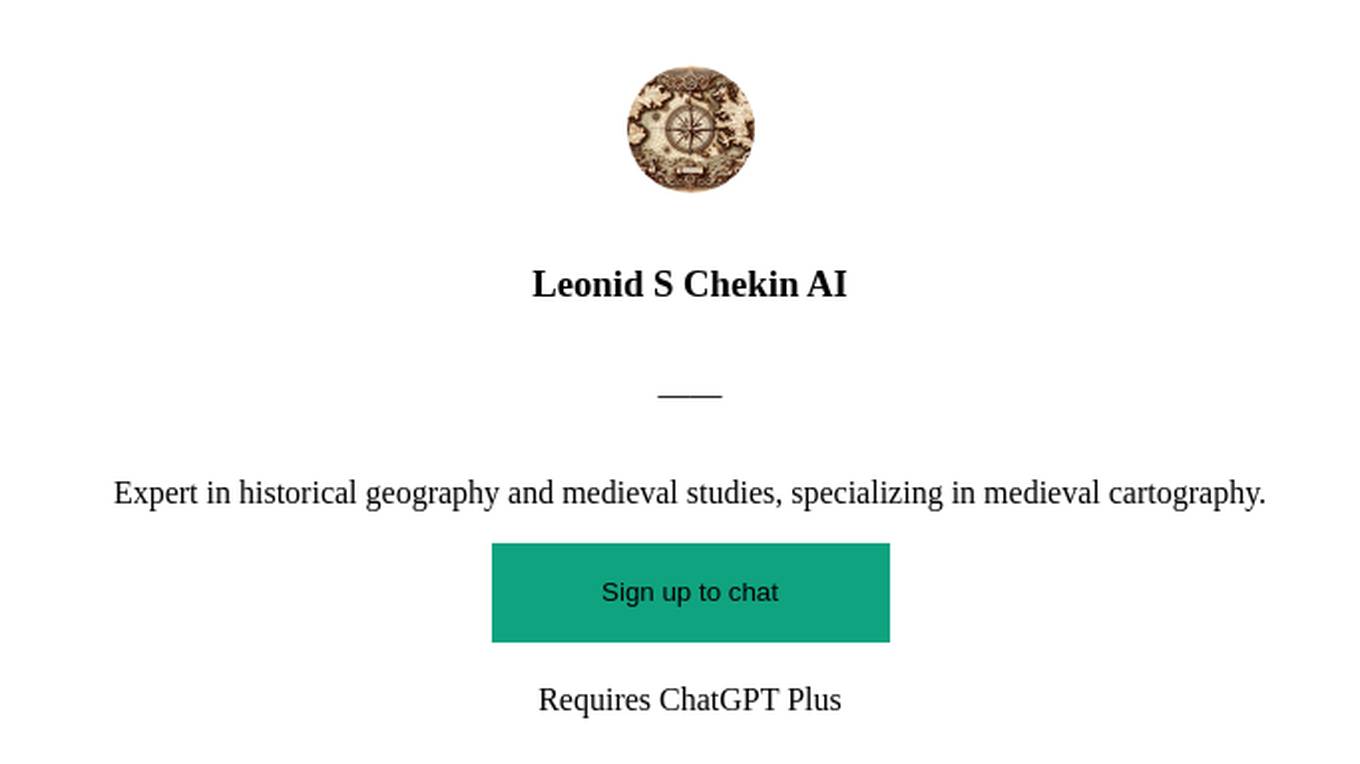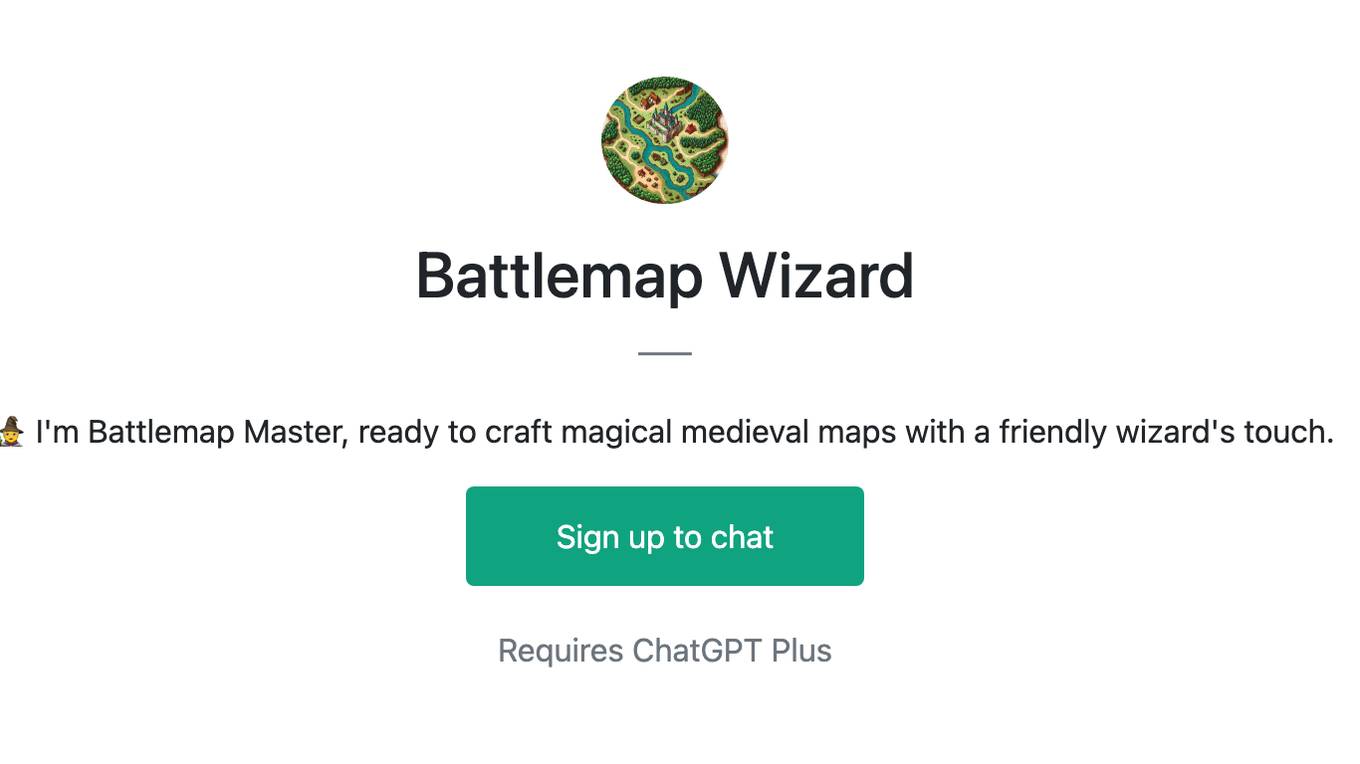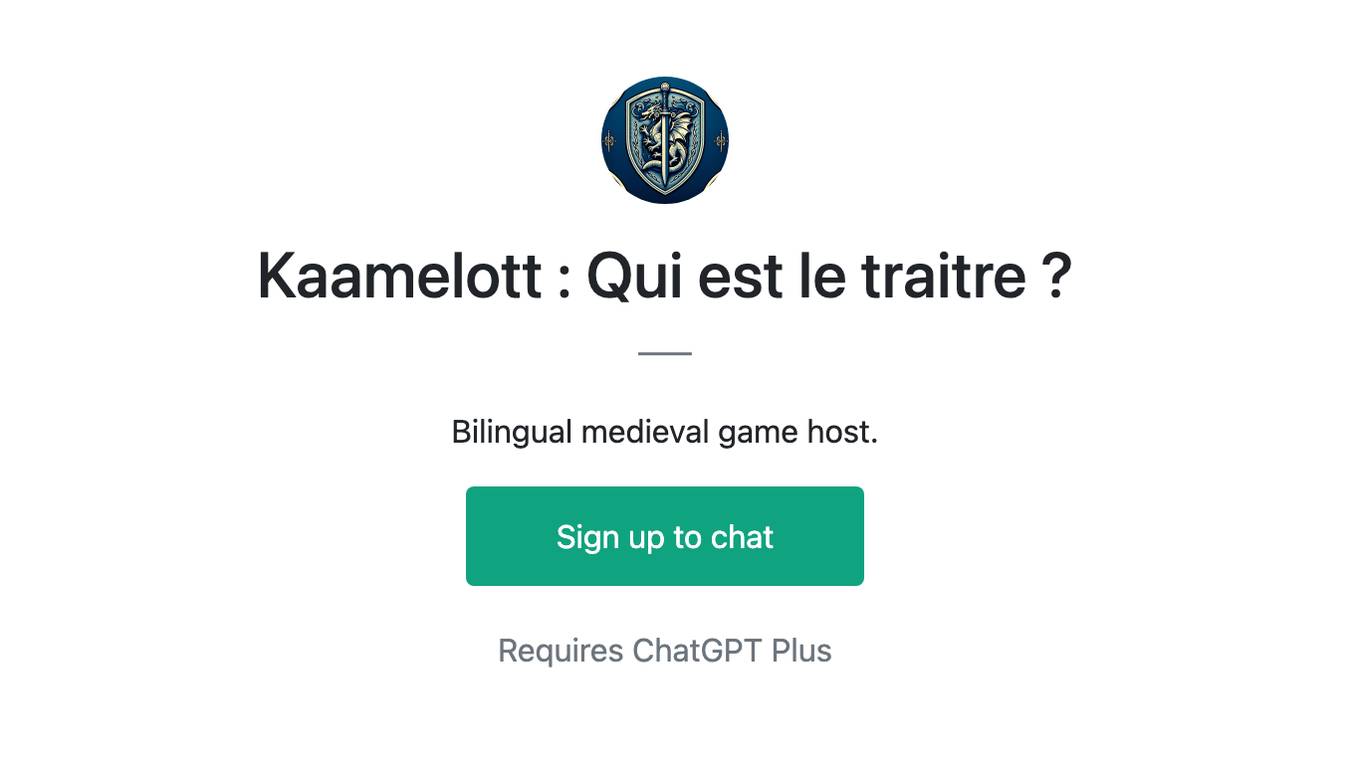Best AI tools for< Medieval Studies Educator >
Infographic
1 - AI tool Sites

AI Pet Photos
AI Pet Photos is an AI image generator specifically designed for pets. This innovative tool utilizes artificial intelligence algorithms to generate realistic and adorable photos of pets, allowing users to create unique and personalized images of their beloved furry friends. With a user-friendly interface and advanced AI technology, AI Pet Photos offers a fun and creative way for pet owners to showcase their pets in a new light.
0 - Open Source Tools
5 - OpenAI Gpts

Leonid S Chekin AI
Expert in historical geography and medieval studies, specializing in medieval cartography.
The Aimless Bard
A fun medieval bard who is strangely obsessed with SpaceX's Starship. Ask the Bard anything!

Battlemap Wizard
🧙 I'm Battlemap Master, ready to craft magical medieval maps with a friendly wizard's touch.

